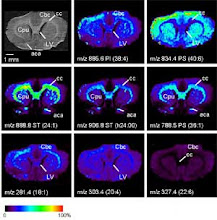 What is DNA sequencing and DNA Key principles
What is DNA sequencing and DNA Key principlesDNA sequencing is the process of determining the exact order of the 3 billion chemical building blocks abbreviated A, T, C, and G that make up the DNA of the 24 different human chromosomes, was the greatest technical challenge in the Human Genome Projects in all over the world. Achieving this goal has helped reveal the estimated 21,000-24000 human genes within our DNA as well as the regions controlling them all.
DNA sequencing is the process of determining the exact order of the bases A, T, C and G in a piece of DNA. The DNA is used as a template to generate a set of fragments that differ in length from each other by a single base of DNA molecules. This fragments are then separated by size, and the bases at the end are identified, recreating the original sequence of the DNA. This DNA sequence maps are being used by 21st Century scientists to explore human biology and other complex phenomena.
DNA sequencing is most frequently used to determine genome sequence. An example of this type of application is the human genome project. Five years after the completion of the human genome project, we are seeing its impacts on biomedical research. Several genes have been identied to associate with genetic conditions, including familial breast cancer and colorectal cancer, Alzheimer's disease, myotonic dystrophy, neurofibromatosis. Mycoplasma testing of cell lines and cell-derived biological products in the EU was recently updated and is now considering nucleic acid amplification test (NAT) beside the madatory broth/agar culture and the indicator cell line test.
The DNA to be sequenced is provided in single-stranded form. This acts as a template upon which a new DNA strand is synthesised. DNA synthesis requires a supply of the four nucleotides , the enzyme DNA polymerase and a primer DNA. This application note describes the high-throughput isolation of genomic DNA from different populations of three-spined stickleback as well as from three-spined stickleback eggs using Invisorb DNA Tissue.
